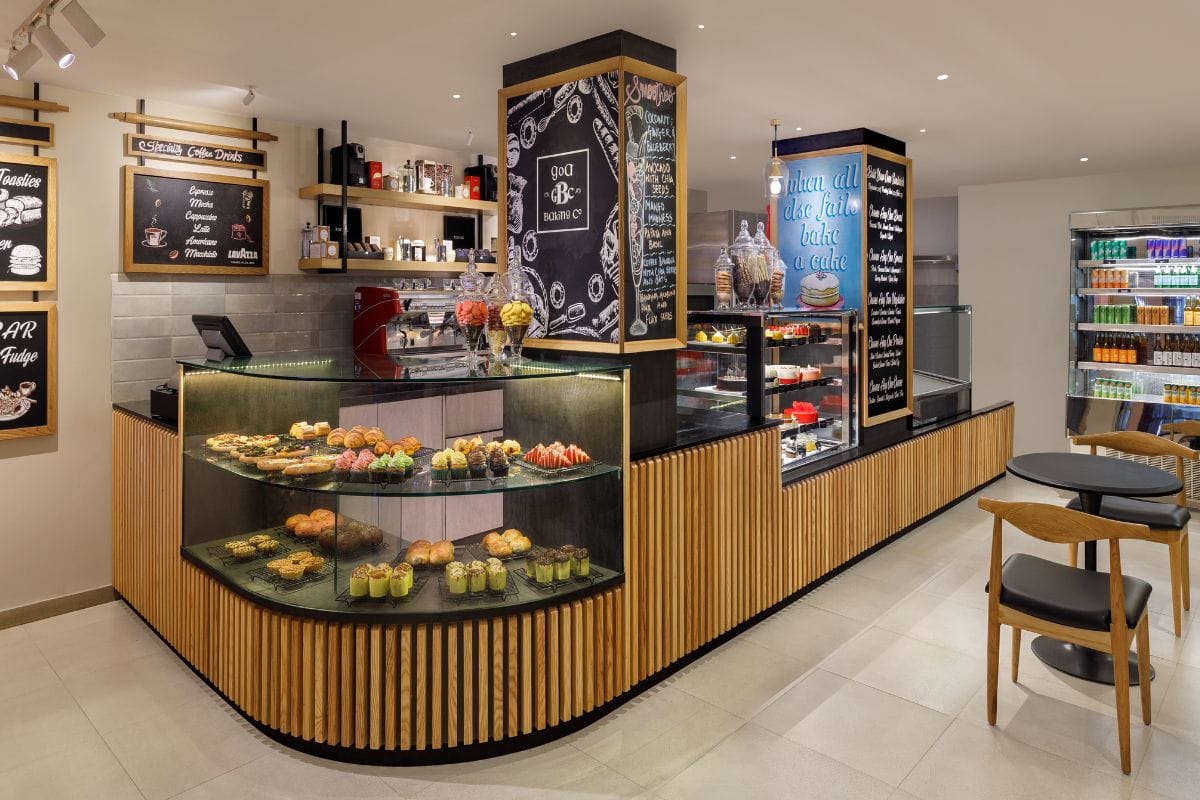The world of food is undergoing a transformation, where the future is becoming more and more important than ever before. With the increase in population and the rise of climate change, the need for sustainable and eco-friendly food practices is at an all-time high. And what’s more, technology is stepping in to help revolutionise how we produce and consume food.
Imagine printing a custom-designed meal that not only looks amazing but is also perfectly nutritious, having access to meat that was never harvested from a living animal, or growing crops in vertical farms that use less water and produce less waste.
These are just some of the exciting possibilities that the future of food holds, and we’ll explore them in detail. In this article, we’ll dive into the importance of the future of food, the role of technology in shaping it, and the impact of sustainable practices on food production.
Specifically, we’ll look at the potential of 3D printing food, the advent of lab-grown meat, and the concept of vertical farming. So, buckle up and get ready to discover the delicious and innovative future of food.
3D Printing Food
https://www.instagram.com/p/CJDvqTqLii7/?igshid=MjljNjAzYmU=
The aroma of freshly cooked food fills the air, as you walk into a bustling restaurant. You find a seat and eagerly await your meal. However, instead of a traditional chef preparing your food, you notice a small 3D printer whirring in the corner. That’s right, you’ve just entered the world of 3D-printed food, where the possibilities are endless.
3D printing is a revolutionary technology that allows objects to be created layer by layer using a digital model. In the world of food, this means that intricate designs and shapes can be created with edible materials. From personalised cakes to complex pasta shapes, the advantages of 3D-printed food are numerous.
One of the main advantages of 3D-printed food is customization. With this technology, chefs can create dishes that cater to specific dietary needs and preferences. For example, 3D printers can be programmed to create gluten-free or vegan options with ease. Additionally, 3D printing can also help reduce food waste by creating precise portions and reducing the need for excess ingredients.
However, like any new technology, 3D printing food also poses its own set of challenges. One of the main challenges is the limited selection of edible materials that can be used in the printer. Another challenge is the need for specialized equipment and training, which can be costly and time-consuming for chefs and restaurants.
Despite the challenges, the potential impact of 3D printing food on the future of food is enormous. As the world’s population grows, the demand for food will only increase. 3D printing food offers a unique solution to this problem by providing a way to create nutritious and customized meals quickly and efficiently. With further advancements in technology and materials, the possibilities for 3D-printed food are limitless. Who knows, we may one day be able to print an entire meal in minutes!
From personalised dishes to reducing food waste, the advantages of 3D-printed food are clear. While challenges remain, the future of food is looking bright with the help of this innovative technology.
Lab-Grown Meat
Lab-grown meat, also known as cultured meat, is produced by cultivating animal cells in a lab instead of raising and slaughtering animals. While the concept may sound futuristic, it is already a reality. The process involves taking muscle tissue from an animal and using it to create a small amount of meat, which can be scaled up for production.
One of the advantages of lab-grown meat is its potential to reduce environmental impact. It requires significantly fewer resources, such as land, water, and feed, than traditional animal agriculture. Additionally, lab-grown meat could potentially eliminate the need for antibiotics and hormones, commonly used in animal agriculture.
There are also challenges associated with lab-grown meat. One of the main challenges is the cost of production, which is currently much higher than traditional meat production. Additionally, there are concerns about the safety and regulatory approval of lab-grown meat.
Lab-grown meat has the potential to revolutionise the future of food. If it becomes widely available and affordable, it could significantly reduce the environmental impact of meat production and provide a more sustainable food source for a growing global population. As technology continues to advance, it will be interesting to see how lab-grown meat develops and its impact on the food industry.
Vertical Farming
Imagine walking into a high-rise building and being greeted by the sight of lush greenery stretching up towards the ceiling. Instead of concrete walls and sterile office cubicles, you’re surrounded by rows of leafy lettuce, juicy tomatoes, and crisp cucumbers. The air is fresh and fragrant, and the hum of machinery and the buzz of pollinators fill the room.
But what exactly is vertical farming? Put simply, it’s a method of growing crops in vertically stacked layers using artificial lighting, temperature control, and hydroponics or aeroponics. This means that plants are grown without soil, using a nutrient-rich solution or mist to provide them with the necessary nutrients.
The benefits of vertical farming are immediately apparent. With limited space in urban environments, vertical farming allows for the production of large amounts of food in a small footprint. This means that fresh, locally-grown produce is more accessible than ever before, reducing the carbon footprint associated with long-distance transport.
But vertical farming is not without its challenges. The controlled environment required for optimal crop growth requires a significant investment in energy and resources. Additionally, the upfront costs associated with building a vertical farm can be prohibitive for small-scale farmers.
The future of food is looking up thanks to vertical farming. As I bite into a perfectly ripe strawberry, I can’t help but feel optimistic about the potential for this innovative practice to revolutionize the way we think about food production.
Conclusive part
The future of food is a constantly evolving and exciting field. From 3D-printed food to lab-grown meat, and vertical farming, technology has the potential to revolutionize the way we produce and consume food sustainably. Sustainability is at the heart of this future, with a focus on eco-friendly practices, reducing waste, and supporting local food systems. By embracing these new technologies and sustainable practices, we can create a food system that benefits both people and the planet. The choices we make today will shape the world we leave to future generations. So, let’s work together to create a brighter and more sustainable future for all.









